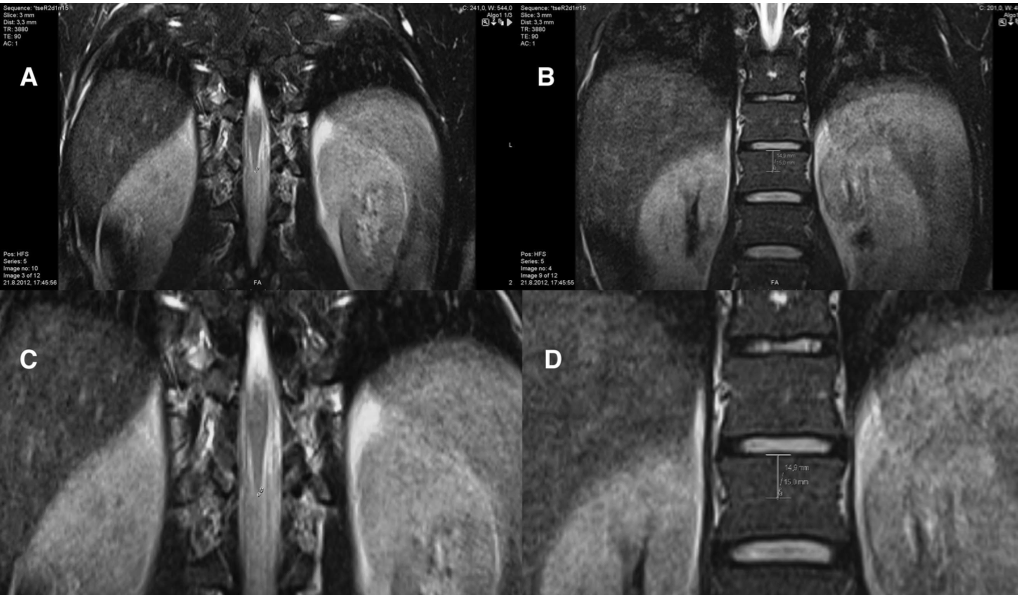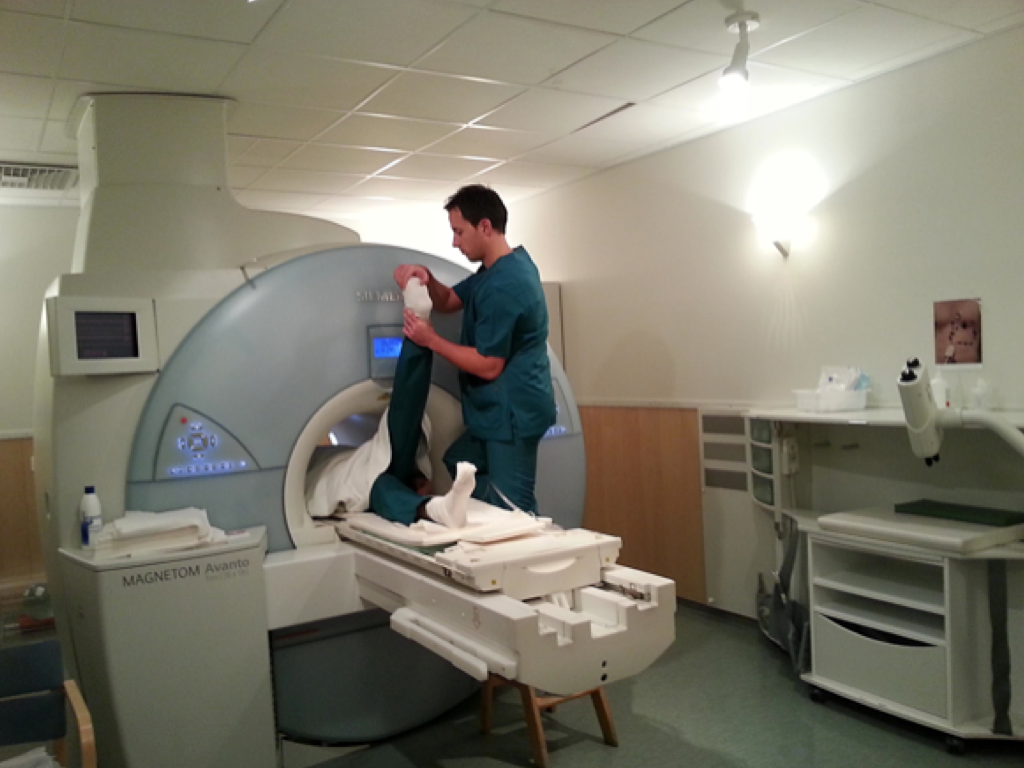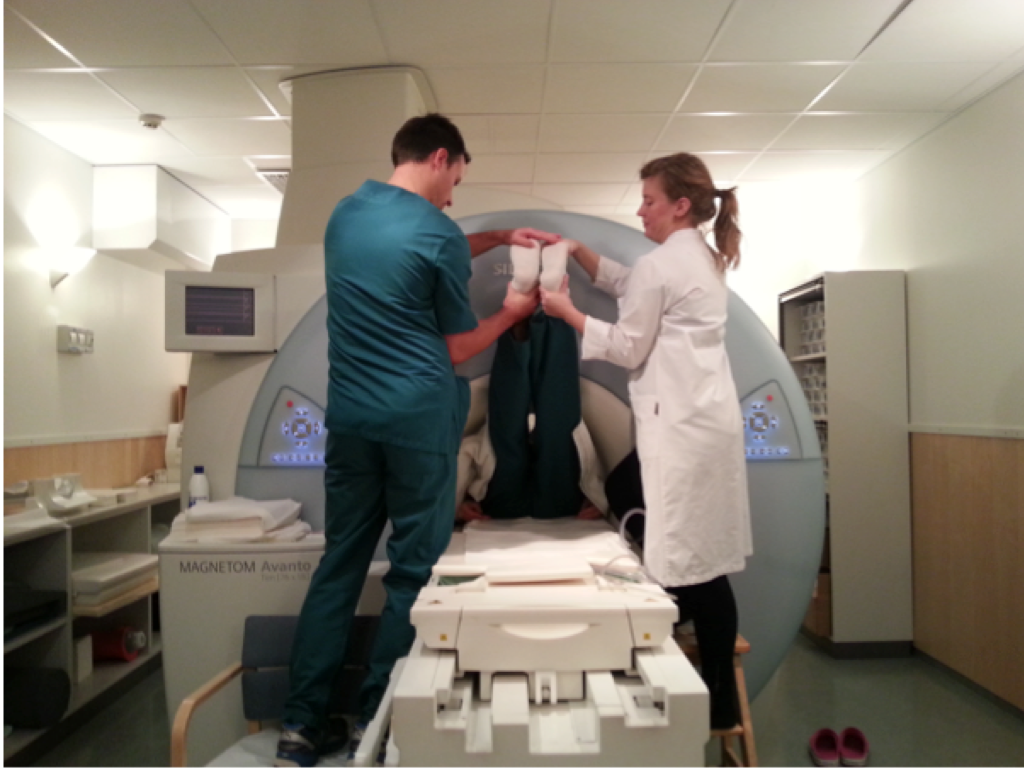Successful Collaboration between NDS and University of Eastern Finland Wins NDS Instructor, Marinko Rade, Two Prestigious Young Investigator of the Year Awards - 2013 and 2014.
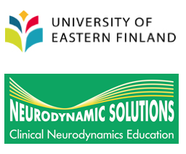
I and the team at Neurodynamic Solutions take pleasure in announcing that, with the support and guidance of Professor Olavi Airaksinen at the University of Eastern Finland (UEF) and their scientists, NDS researchers have recently collaborated in two prestigious research awards.
The International Society for the Study of the Lumbar Spine and Finnish Spine Society have given NDS teacher and researcher, Marinko Rade, the 2014 and 2013 Young Investigator of the Year respective awards for development and research into a new model of measurement of longitudinal movement of the spinal cord. In these studies, Marinko, the UEF and I teamed up and used MRI to develop a method for measuring spinal cord movement with the SLR. The benefit is that spinal cord movement can now be measured non-invasively in conscious healthy subjects in a way that reproduces the clinical SLR. This was applied to both the unilateral and bilateral SLR and the results are very important for a new understanding of neurodynamics in the lumbar spine. The unilateral SLR produced caudal movement (2.33 mm, P≤ 0.001) of the spinal cord in the canal and a bilateral SLR produced virtually double this amount of movement (4.58 mm, P≤ 0.001). This supports the cross-over effect that I have been pushing for a long time in which the nerve roots on each side of the spine affect each other during the SLR. For quite some time now I have been stating my proposal that contralateral neurodynamic testing has specific value in clinical neurodynamics and certain painful musculoskeletal conditions. This relates directly to the principle that neurodynamic testing on one side can at times reduce tension in the nerve roots on the other side. When we do a neurodynamic test, for instance the SLR, the spinal cord is drawn caudally and this is the operative mechanism, or condicio sine qua non, in the proposal. I now congratulate PhD candidate, good friend and colleague, Marinko Rade, for demonstrating that this mechanism does in fact occur. For this line of research, Marinko has now achieved the remarkable in receiving two Young Investigator of the Year awards for 2014. Furthermore, this is the second set of major international awards for research into neurodynamics, the first being won by Drs Kerry Gilbert, Phil Sizer, Jean-Michel Brismée and colleagues at Texas Tech University. This shows that not only is contemporary neurodynamics firmly on the scientific menu but it also tastes very good. The research performed by Marinko, the scientists at UEF and NDS addressed a number of important and unresolved issues. First; we needed to measure neurodynamics in healthy individuals; second, in a way that did not disrupt any tissues and; third, emulate neurodynamic testing as it occurs in the clinic. Marinko and our research teams have started a line of research that for the first time fulfils these key aspects by employing a method of measurement of spinal cord longitudinal movement with the SLR using magnetic resonance imaging. So we now have a new model for measurement of neurodynamics with five innovations: A. measurement of spinal cord longitudinal movement is now possible B. conscious healthy humans C. non-invasive D. emulates clinical testing E. establishes the effect of unilateral and bilateral testing on cord dynamics. More study is under way but this is a big new step in applying neurodynamic tests to patients with LBP and sciatica. However, this research is more like a degustation than a one-pot roast and we have only just started the first course, so do look out for more servings of this new, exciting and promising topic. Michael Shacklock DipPhysio, MAppSc, FACP Note: This research was a culmination of the support, expertise and teamwork from a number of talented, experienced and dedicated scientists. Marinko and I take this opportunity to acknowledge the contribution of, and thank very much, the following collaborators for their contributions. Mervi Könönen, M.Sc. in Physics, Department of Radiology, Kuopio University Hospital, Kuopio, Finland Ritva Vanninen, MD, PhD, Clinical Director, Professor, Department of Radiology, Kuopio University Hospital, Kuopio, Finland Jarkko Marttila, MD, PhD, Department of Radiology, Kuopio University Hospital, Kuopio, Finland Markku Kankaanpää, M.D., Ph.D., Clinical Director, Department of Physical and Rehabilitation Medicine, Tampere University Hospital, Tampere, Finland Olavi Airaksinen, M.D., Ph.D., Clinical Director, Department of Physical and Rehabilitation Medicine, Kuopio University Hospital, Kuopio, Finland. Docent of Physical and Rehabilitation Medicine at University of Eastern Finland, Finland |
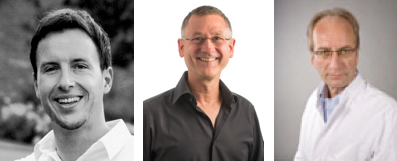
Rade M, Könönen M, Vanninen R, Marttila J, Shacklock M, Kankaanpää M, Airaksinen O
In vivo magnetic resonance imaging measurement of spinal cord displacement in the thoracolumbar region of asymptomatic subjects: part 1: straight leg raise test. Spine 15; 39 (16): 1288-1293, 2014. Rade M, Könönen M, Vanninen R, Marttila J, Shacklock M, Kankaanpää M, Airaksinen O In vivo magnetic resonance imaging measurement of spinal cord displacement in the thoracolumbar region of asymptomatic subjects: part 2: comparison between unilateral and bilateral straight leg raise tests. Spine 15; 39 (16): 1294-1300, 2014. © Neurodynamic Solutions asserts copyright on material in this article and that copying and distributing any material is not permitted.

Other studies by NDS Researchers
Van Hoof T, Vangestel C, Shacklock M, Kerckaert I, D'Herde K 2012 Asymmetry of range of elbow extension during the upper limb neurodynamic test. Physical Therapy in Sport 13 (3): 141-149 
Marinko Rade, Michael Shacklock, Saara M Rissanen, Stanislav Peharec, Petar Bačić, Corrado Candian, Markku Kankaanpää and Olavi Airaksinen 2014, Effect of shoulder forward flexion on muscle activity during simulated Mills manipulation - relations to peripheral nerve biomechanics. BMC Musculoskeletal Disorders http://www.biomedcentral.com/1471-2474/15/288 |

